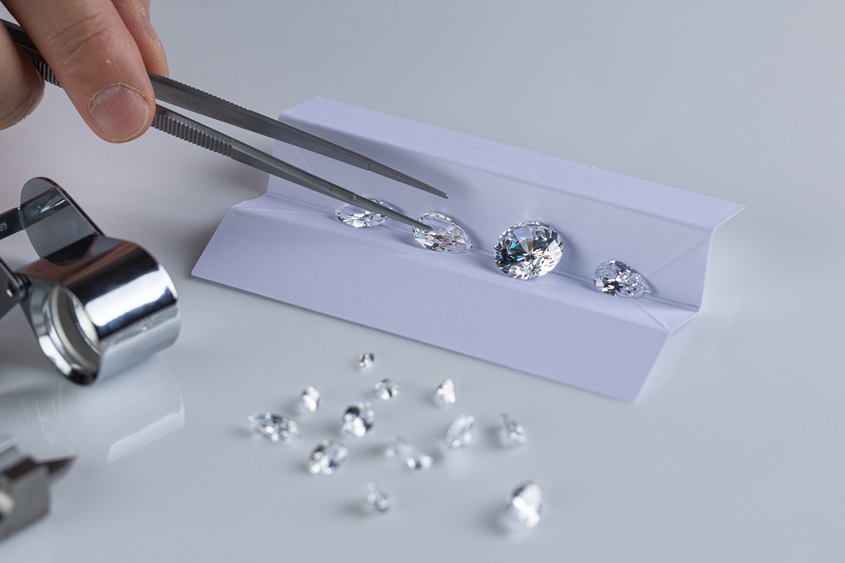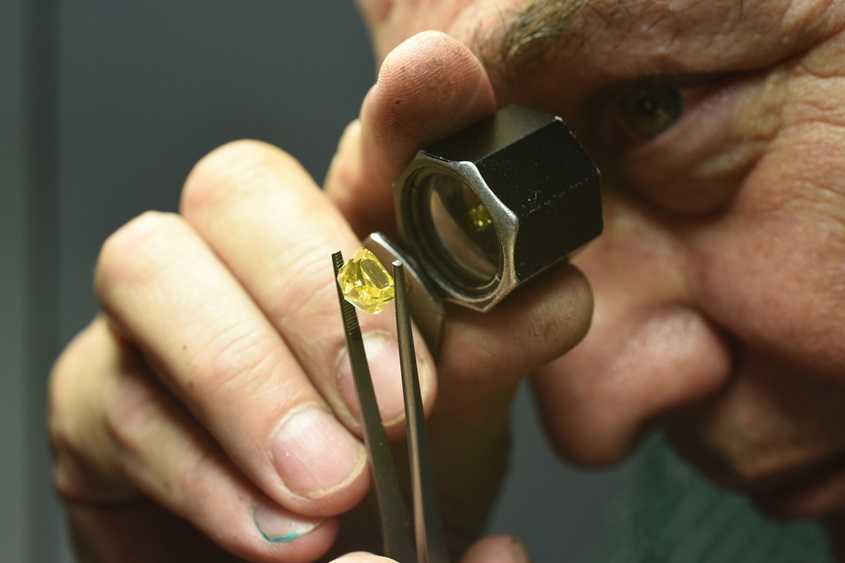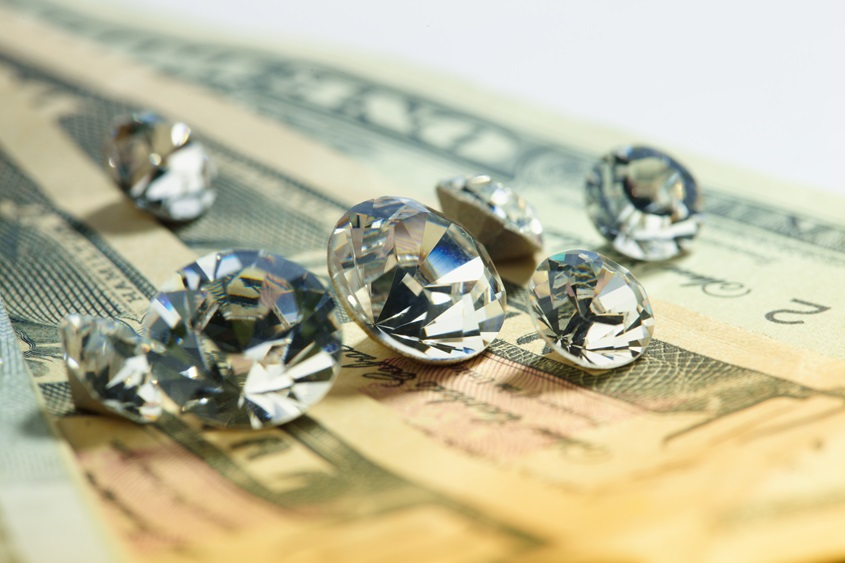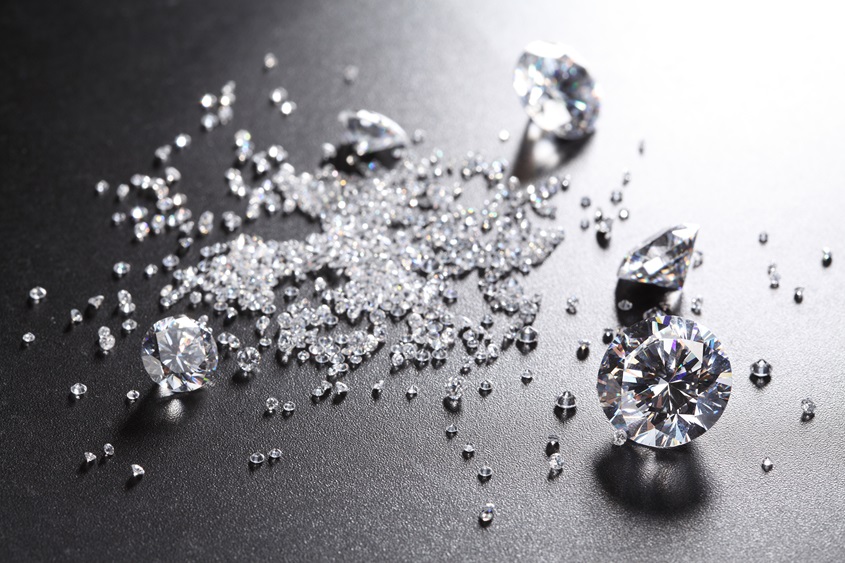In a recent article called “Technology in the Diamond Industry: Manufacturing”, Ehud Laniado delves into the cutting edge tools that diamond manufacturers use today, and how the industry has changed as a result – from production to the way in which diamonds are sent to the grading lab.
Laniado begins by scanning the latest diamond planning machines. These machines, produced by, among other companies, Ogi Systems, Sarine, Lexus, and Sahajanand, can produce a “detailed, three-dimensional image of any diamond, complete with a map of internal inclusions, gletzes, and color saturation”. Since they rely on information given by polished diamond price books, they can “plan out the most profitable polishing options for the manufacturer”. They are portable, and some have the ability to laser etch the stones, which also helps in the sawing and cutting process.
Rough planning machines use the latest laser cutting technology and have become, according to the author, “the only standard in diamond sawing”. Laser cutting machines have some major advantages: they reduce human error; they are repeatable; they reduce weight loss to as little as 1%, compared to the approximate 5% of earlier methods; and they reduce the risk of breakage in high-tension stones. Some models even offer preliminary shaping and bruiting of the stone, as well as pie-cut sawing (which allows the user to cut only a part of the stone).
Another great addition to the manufacturing process is automatic bruiting machines, which not only increase the accuracy of this complex job, but also “expand on the number of shapes that can be created, including pears, marquises, ovals, hearts, and even proprietary shapes”.
In some segments of the industry, automatic faceting machines have replaced manual workers, as they can polish stones faster and more accurately than “most skilled polishers”. In contrast to human polishers, they can work with multiple stones at the same time and may be operated for 24 hours straight.
Grading machines are gradually becoming more and more common. Instead of sending a polished stone into the lab after the process is done, manufacturers can “measure numerous different characteristics of the stone before it goes for certification”. In this way, the diamond can be re-cut before it’s sent to be certified, a process which cuts down on “insurance, grading fees, and transportation costs if a diamond has to make more than one trip to the lab”.
Finally, there are also light performance machines. These measure “the brilliance, fire, sparkle, and light refraction performance of diamonds before they are sent for grading”.











